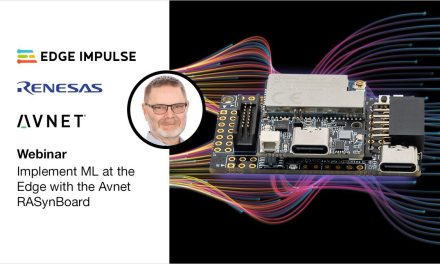Pin-Selectable, I2C-Configurable Switching Regulator ICs and Modules
Flexible and Configurable Features
Pin Selectable
The output voltage is set by two VSEL pins between different values. It eliminates the need for an external feedback resistor divider and improves the output voltage setting accuracy.
I2C Configurable
The output voltage is programmed between set voltages with resolution. It allows for more flexibility and higher performance.
Common Applications
- Networking (switches and routers)
- Datacenter (services and SSD storage)
- Medical equipment
- Automotive ADAS
- E-Mobility
- IoT
Discrete ICs: DC-DC Step-Down Switching Regulators
 Our family of power modules increases power capabilities and reduces board space requirements. Our high-power-density, diverse range of power modules integrates essential components such as analog controller ICs, power switches and other necessary passive components in compact, thermally enhanced packaging.
Our family of power modules increases power capabilities and reduces board space requirements. Our high-power-density, diverse range of power modules integrates essential components such as analog controller ICs, power switches and other necessary passive components in compact, thermally enhanced packaging.
With pin-selectable output voltage, current limit and switching frequency features, our power modules can minimize external component count and offer exceptional flexibility to efficiently power various voltage and current loads including processors and FPGAs. This versatility allows for seamless adaptation to different power requirements, enabling optimal performance in a wide range of applications.


